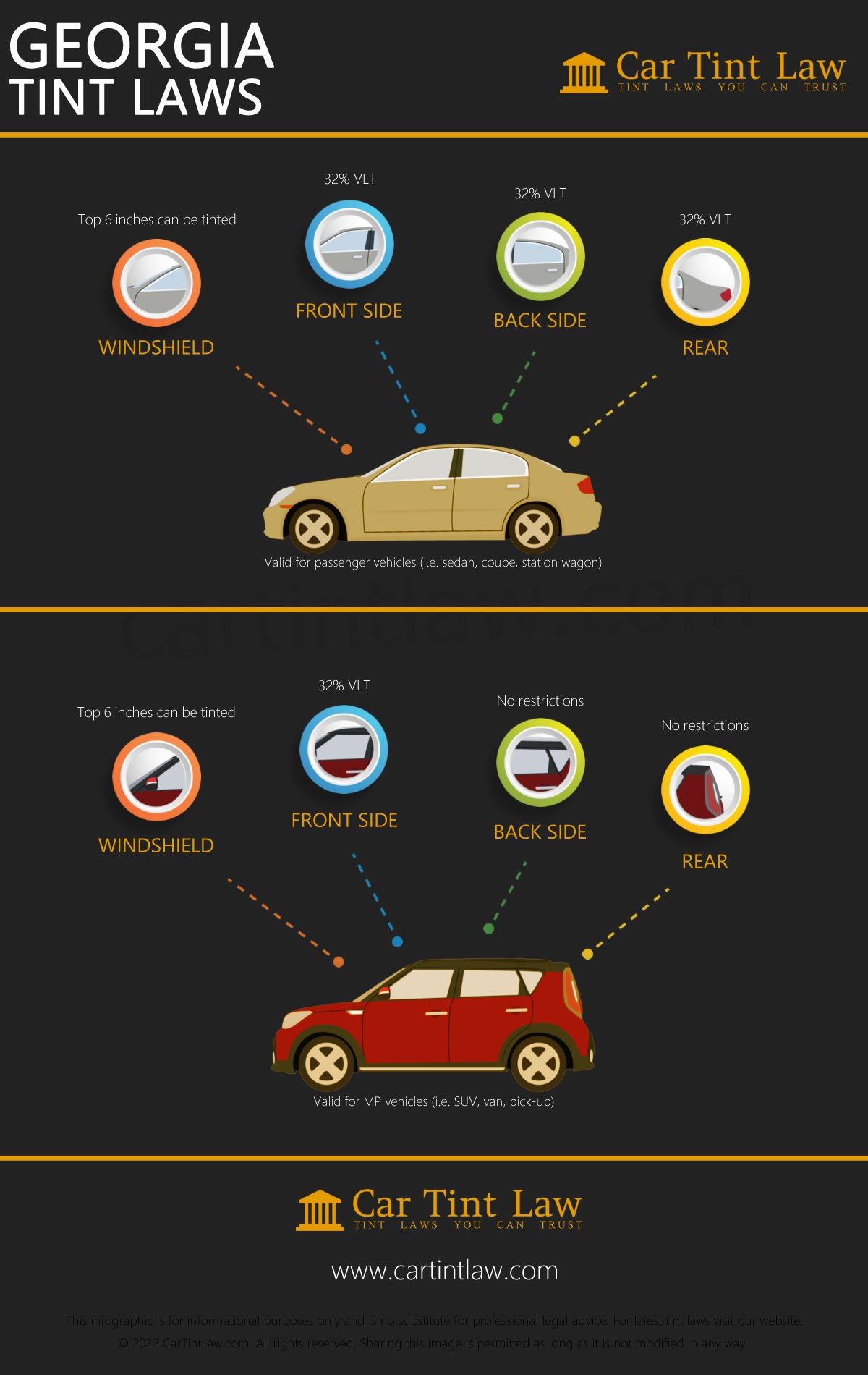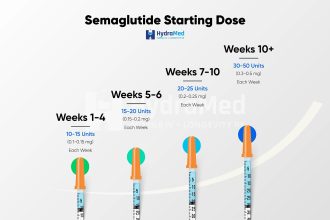The tint limit in Georgia is 32% for front side windows and 32% for back side windows and rear window. This regulation serves as a crucial guideline for vehicle owners to ensure safety and legal compliance on the road. Understanding the tint limit in Georgia is essential for all drivers to avoid potential fines and ensure clear visibility while driving. Let’s delve deeper into what this tint limit means and why it matters for drivers across the state.
What is the Tint Limit in Georgia
Welcome to our comprehensive guide on the tint limit regulations in the state of Georgia! If you’re a Georgia resident or planning to drive through the Peach State, it’s essential to understand the laws regarding tinted windows on vehicles. Tinted windows can enhance privacy, reduce glare, and add style to your car, but it’s crucial to ensure that you comply with the legal requirements to avoid fines or penalties.
Understanding Tinted Windows
Before we delve into the specifics of tint limits in Georgia, let’s first understand what tinted windows are and why they are popular among vehicle owners. Tinted windows refer to the application of a thin film to the interior or exterior of a vehicle’s windows to reduce the amount of light that passes through. This film is typically made of polyester and can come in varying degrees of darkness.
Importance of Tint Regulations
While tinted windows offer several benefits, such as improved comfort and aesthetics, there are regulations in place to ensure that they are applied safely and responsibly. These regulations help law enforcement officers to maintain visibility into vehicles for safety and security reasons, as well as to prevent drivers from excessively darkening their windows, which can interfere with communication during traffic stops.
Georgia Tint Limit Laws
So, what is the tint limit in Georgia? In the state of Georgia, the regulations regarding tinted windows are outlined in the Georgia Code Title 40 – Motor Vehicles and Traffic, Section 40-8-73. This statute specifies the permissible levels of light transmittance for different windows on vehicles. Let’s break down the key points of the Georgia tint limit laws:
Front Side Windows
According to Georgia law, the front side windows must allow at least 32% of light to pass through. This means that the tint darkness on the front side windows should not exceed 32% opacity. This regulation helps ensure that drivers have sufficient visibility while operating their vehicles.
Rear Side Windows and Rear Window
For rear side windows and the rear window, Georgia law allows a darker tint compared to the front side windows. The rear side windows and rear window can have a light transmittance of 32% or more. This means that the tint darkness on these windows can be greater than 32% opacity.
Reflectivity
In addition to the light transmittance requirements, Georgia law also regulates the reflectivity of window tints. The law specifies that the window tint cannot be more reflective than a standard window. Excessive reflectivity can be distracting to other drivers on the road and may pose a safety hazard.
Penalties for Non-Compliance
Failure to comply with the tint limit laws in Georgia can result in fines and penalties. Law enforcement officers have tools such as tint meters to measure the darkness of window tints during traffic stops. If your vehicle’s window tints are found to be darker than the legal limit, you may be issued a citation and required to remove or replace the tints to meet the regulations.
It’s essential to ensure that your vehicle’s window tints comply with the Georgia tint limit laws to avoid legal consequences and ensure the safety of yourself and others on the road.
Benefits of Legal Tinting
While it’s crucial to adhere to the tint limit laws in Georgia, there are still numerous benefits to legally tinting your windows. Some of the advantages of legal window tinting include:
- Reduced glare and improved visibility
- Protection against UV rays
- Enhanced privacy and security
- Improved aesthetics and comfort
By following the tint limit regulations in Georgia, you can enjoy these benefits while staying compliant with the law.
In conclusion, understanding the tint limit in Georgia is crucial for vehicle owners to ensure compliance with the law and promote safety on the road. By knowing the regulations outlined in the Georgia Code, maintaining appropriate levels of light transmittance, and avoiding excessive reflectivity, you can enjoy the benefits of tinted windows while staying on the right side of the law.
Remember, when in doubt about the legality of your vehicle’s window tints, consult the Georgia Department of Public Safety or a qualified professional for guidance. Safe driving starts with knowing and following the rules of the road, including those related to window tinting!
We hope this guide has provided you with valuable insights into the tint limit regulations in Georgia. Drive safely and enjoy the benefits of legal window tinting!
2024 Georgia Window Tint Laws Explained – Know Your Legal Limits
Frequently Asked Questions
What are the tint limits for vehicles in Georgia?
In Georgia, the tint limit for the front side windows must allow more than 32% of light to pass through, while the back side windows and rear window must allow more than 21% of light. Only non-reflective tint is allowed on the front windshield, with an upper strip of 6 inches permitted.
Can I have tinted windows darker than the legal limit in Georgia?
No, it is illegal to have tinted windows that do not meet the specified limits in Georgia. Law enforcement officers can issue citations and fines to drivers with windows that exceed the allowed tint levels.
Are there any exceptions to the tint limits in Georgia?
Yes, certain medical conditions may warrant an exception to the tint limits in Georgia. Drivers with medical conditions that require added protection from sunlight may apply for a medical exemption allowing darker tint on their vehicle windows.
Final Thoughts
In Georgia, the tint limit for vehicles is 32% for front side windows and 32% for back side windows. This regulation helps ensure visibility and safety on the roads. Understanding what the tint limit in Georgia is crucial for vehicle owners to comply with the law. It is important to follow these guidelines to avoid any potential fines or penalties for excessive tinting. Transparency about tint limits ensures a safer driving environment for everyone on the road.






